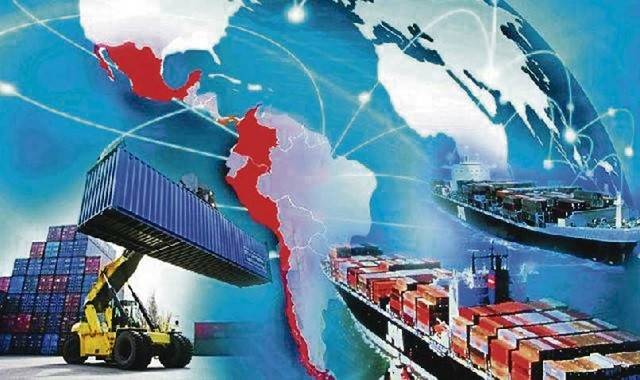The global economic perspective invites us to consider the possibility of lower economic growth and lower inflation in the Latin American region.
Experts studying the region visualize fewer goods and services being produced. Therefore, there will be less formal employment in an area where half of the workforce works informally, meaning they live with what they can get daily, without a fixed salary or employment contract.
This is the outlook amid an international scenario in which the economies of countries like China and the United States have also slowed their growth rate.
"We will continue to see resilient economies with stable indicators, but unfortunately, the level of growth will remain low," William Maloney, the World Bank's chief economist for Latin America, told BBC Mundo.
The global economic environment seems challenging, given the region's lower trade with other parts of the world, low domestic consumption, and the traces left by high-interest rates.
According to World Bank projections, Latin American economic growth could be 2.3%. According to the growth projection made by the Economic Commission for Latin America and the Caribbean (ECLAC), it is estimated that the region will register an increase in economic activity of only 1.9%, with South America.
For its part, inflation will continue to slow down; according to experts, the worst moments of the inflationary wave that swept the world after the pandemic are behind us.
When comparing the region with the rest of the world in inflationary terms, there is a pretty encouraging opinion since the levels in Latin America are more optimistic than the average inflation in the countries that make up the OECD (Organization for Economic Cooperation and Development). ECLAC projects that inflation in Latin America will be 3.8% and the next 3.2%.
Although the outlook seems bleak, economic trends are accompanied by opportunities that the region can take advantage of. According to Sebastián Nieto, head for Latin America and the Caribbean of the OECD Development Center, " there is an enormous opportunity for job creation with the green transition. "
If Latin America invested close to three percentage points of the Gross Domestic Product in green sectors, not only would CO2 emissions be reduced, but formal employment would be created, too. According to the latest research, with this level of investment, employment in sustainable food production could increase by 18% or 14% in transportation.
"We have to invest in a very focused way, and not only in physical capital but also in human capital," said Nieto. In his opinion, the region has great potential because a third of Latin American energy is renewable, which is considered high internationally.
According to William Maloney of the World Bank, "Latin America has the cleanest electricity matrix in the world, abundant reserves of important minerals, such as lithium and copper, and the possibility of generating green hydrogen, in addition to abundant forest reserves." said the economist.
The issue's critical challenge is financing the initiatives that allow the region to integrate into the energy transition. The answer to this question depends directly on each government's will.
*Source: BBC Mundo; What will happen to economic growth and inflation in Latin America in 2024 (and what is "the great opportunity" that the region can take advantage of).


